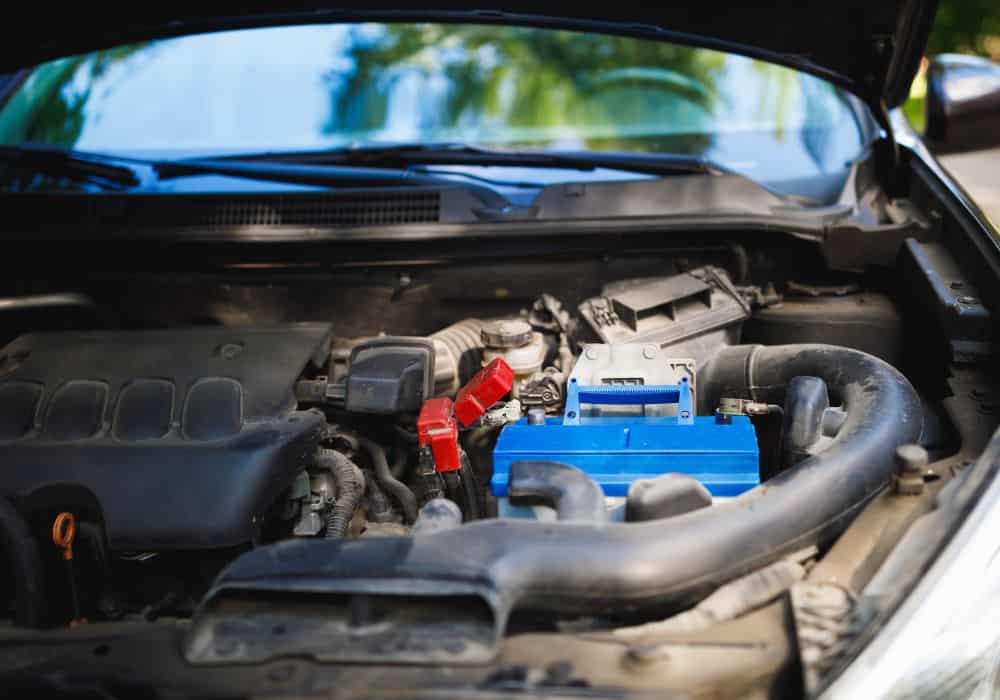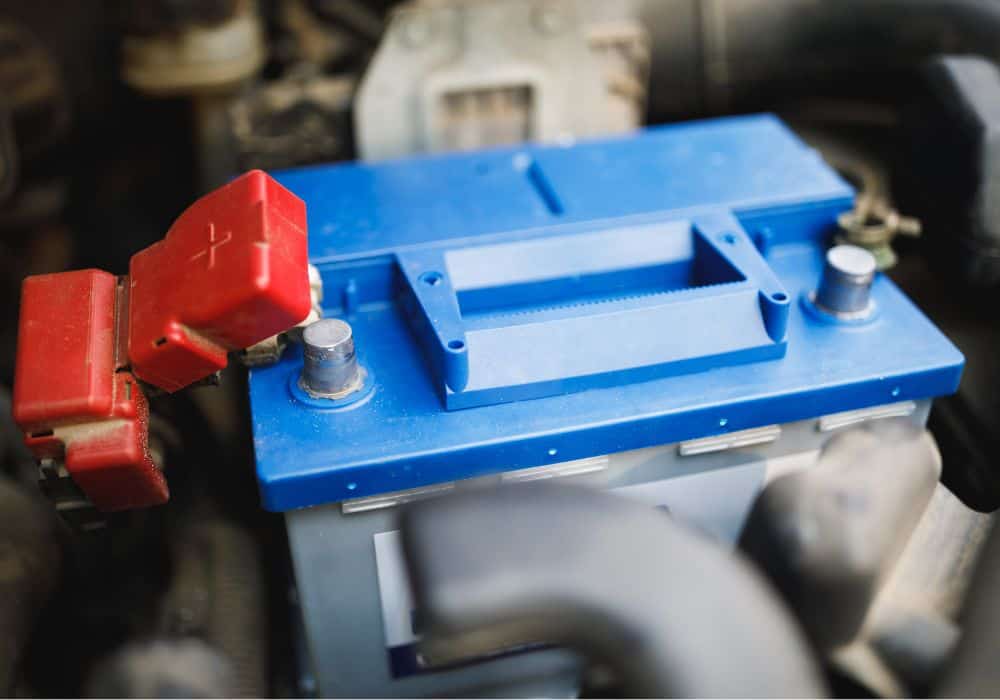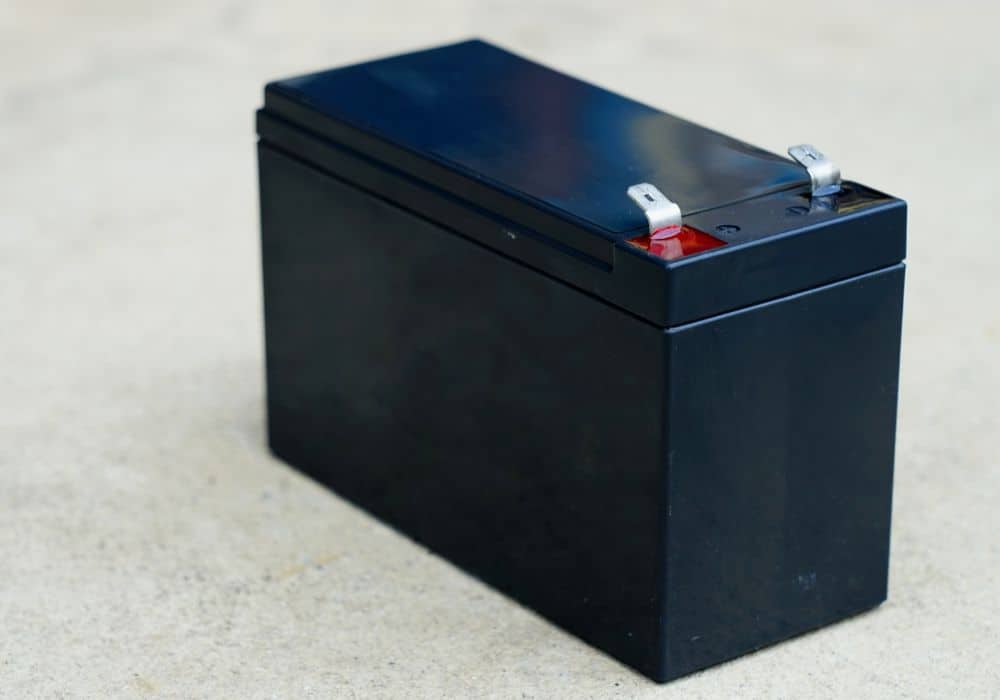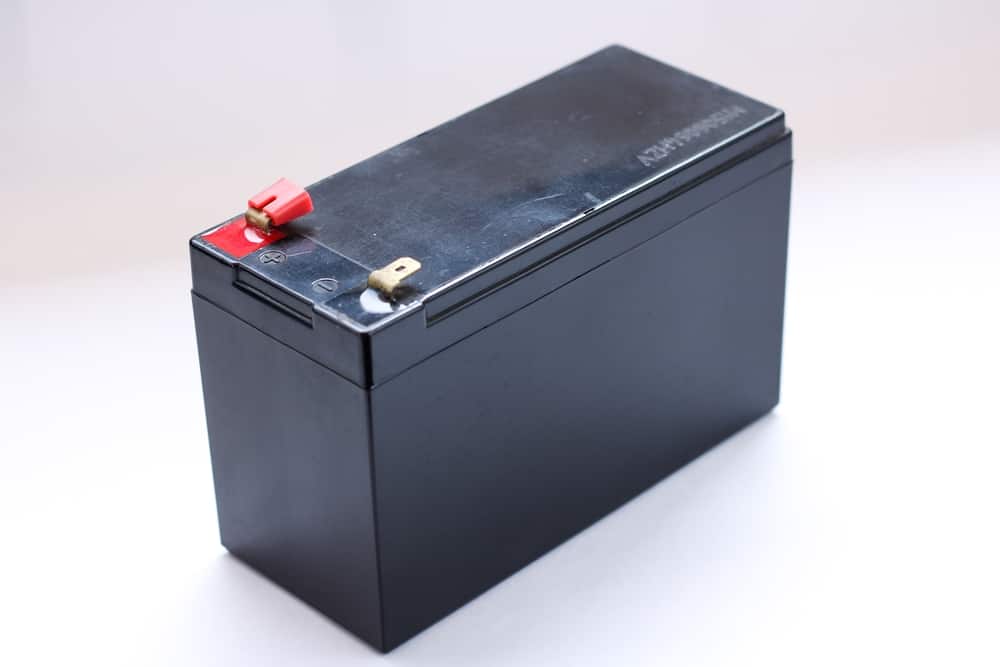Are you looking for the best method to charge your lead acid battery?
The charging method usually determines the battery’s performance and service life. A wrong charging procedure can overcharge or undercharge a battery. As a result, it can reduce the battery’s ability to function at the optimum level.
Therefore, choosing the best charger and charge methods is as crucial as selecting the proper lead acid battery.
Below, we have discussed the best lead acid charging methods to help you maximize your battery’s lifespan and get the most out of it.
Table of Contents
What Are the Different Methods of Charging a Lead Acid Battery?
1. Constant Voltage Charging

The constant voltage charging technique maximizes the battery’s capacity and service life. In this method, a high charge current flows into the discharged battery until the power supply reaches a certain voltage.
The current then drops off to the minimum value once the battery picks up the charge and the pre-set voltage is achieved.
There’s no problem leaving your lead acid battery connected to the charger until when you want to use it. The battery’s “float voltage” will remain constant as trickle charging continues to compensate for normal battery self-discharge.
While this method decreases charging time and increases the battery’s capacity by 20%, it reduces its efficiency by 10%.
Despite that, constant voltage chargers allow cells with varying capacities and different degrees of discharge to charge. The initial high current flow runs for a short period and will not damage the cells.
In the end, the current flowing from the charge drops to almost zeros since the battery’s voltage becomes nearly equal to the supply circuit voltage.
When using the constant voltage method, it’s paramount to set the charge voltage based on the specified charge and temperature characteristics. If you use the wrong voltage settings, you might overcharge or undercharge your battery.
2. Constant Current
Another effective way to charge batteries is using the constant current charging method. In this charge method, the lead-acid batteries are connected in series to form groups. Each group charges from the main direct current (DC) supply unit via loading rheostat.
The charging number of each group relies on the charging circuit voltage, but it should be greater than 2.7 Volts per cell. As the battery charges, the charging current remains constant by decreasing the circuit resistance. Thus, the battery voltage rises.
To prevent overheating or gases, constant current charging can be achieved in two steps. Initially, a high charging current flows to the battery, and at the end, a low current.
Usually, the current charge in this charging method is about one-eight of its ampere rating. Any excessive voltage gets absorbed back into the series resistance.
For the batteries to fully charge, they must be connected in a way that the series resistance takes a limited amount of energy.
One downside with constant current charging is that the charge time for the battery is long. That means the battery might overheat if it’s overcharged, resulting in premature battery replacement. Therefore, the battery must be disconnected, or you should use a timer function.
3. Constant Current Constant Voltage (CC/CV)

The constant current constant voltage is a charging technique that combines the mentioned charging methods.
Here, the battery charger limits the amount of current to pre-set level until your battery attains a pre-set voltage level. After that, the current decreases as the battery becomes fully charged.
With this charging procedure, a regulated current raises the terminal voltage. Once the upper charge voltage is reached, the current reduces because of saturation.
The charge time often ranges between 12 to 16 hours. But large stationary lead-acid batteries can take between 36 to 48 hours to charge fully.
However, higher charge currents paired with multi-stage charge methods can help reduce the charge time to about 8 to 10 hours. Unlike other battery systems, the lead acids system is slow. That explains why it takes time to charge.
The CC/CV method charges your battery in three steps:
Step 1: Constant current charge
A bulk charge gets applied, consuming approximately half of the required charge time. In the constant current mode, a lead acid battery charges to about 70% in 5 to 8 hours. A slow topping charge fills the remaining 30%, increasing the battery’s charging time to 7–10 hours.
Step 2: Topping charge
Here, the topping charge trickles at a low charge current and offers saturation. The charge is critical for good battery health. Remember, a battery that’s continuously deprived of its full charge will lose its ability to hold a charge. Plus, its performance will drastically reduce because of sulfation.
Step 3: Float charge
In this stage, the battery’s float voltage reduces to float charge level to compensate for loss resulting from normal self-discharge. This ensures the battery remains at full charge.
During charging, the switch between the stages occurs hassle-free when the battery reaches a pre-set voltage limit.
That aside, this charging method can improve the battery’s maximum service life and capacity. On the flip side, you have to deal with slow charge time and sometimes corrosion or excessive hydrogen gas buildup.
4. Taper Current
Taper current is a low-cost battery charging method because of its simplicity. However, the technique sacrifices the battery’s life cycle. The charging method involves applying constant voltage or constant current to a battery through transformers.
The transformer design allows it to have enough resistance to limit the charge current available to the battery. As such, when a taper charger is applied to a battery, the applied voltage drops, limiting the available current.
When the battery voltage rises, the battery’s current demand reduces. Also, the applied voltage of the charger increases as the battery attains a full state of charge.
Although the taper current charging method is effective, it’s only suitable for SLA batteries, not VRLA batteries. That’s because it offers no voltage regulation, plus the applied current is variable when the battery reaches a full state of charge. This can cause premature -drys out, gassing, and loss of battery capacity.
5. Two-Step Constant Voltage

The two-step constant voltage charging method involves using two constant voltage devices. At the begging of the charge stage, a higher voltage gets applied to the battery. When the battery voltage rises to a specific value, the charger switches to a low-voltage setting.
This charging method allows fast charge cycles without overcharging the battery, even after a long charging time.
What is the Charging Process of Lead Acid Battery?
A battery acts as a storage because it transforms electrical energy into chemical energy which gets is stored in its cells. When in use, the battery converts the stored chemical energy to electrical energy. Without regular charging, the battery will be drained of chemical energy.
To charge a lead acid battery, you need to connect the positive terminal of the DC source to the positive terminal of the battery. The same applies to the negative terminals.
During the charging process, hydrogen ions travel toward the negative plate (cathode) through the electrolyte. On the other hand, the sulfate ions travel toward the positive plate (anode).
At the anode, the sulfate ions react with water to form sulfuric acid and oxygen. The oxygen then reacts with the anode material (lead sulfate) to produce lead dioxide and sulfuric acid.
At the cathode, hydrogen ions take an electron from the sulfate ion at the anode (it comes to the cathode through an external circuit from the DC power source). The chemical reaction results in the formation of hydrogen gas that reacts with the cathode material (lead sulfate) to produce lead.
In the reaction, water is consumed to produce sulfuric acid. The chemical reactions increase the electrolyte gravity (from 1.18 to 1.28) until the battery cells regain their initial chemical compositions (before discharging). Besides that, the terminal voltage of the battery cells rises from 2.2 to 2.5 volts.
Additional Tips
- Always select the right charge method for an AGM or flooded lead acid battery. Adhere to the voltage thresholds dictated by the manufacturer.
- Routinely monitor water levels to ensure they are not below the plates or in excess. Ensure you use di-ionized or distilled water to top off your battery.
- Bubble formation in flooded lead-acid batteries means the battery is about to reach a state of charge.
- Reduce float charge when the battery’s temperature rises to 29°C (85° F).
- Before storing your batteries, make sure they are fully charged. Otherwise, sulfation will occur.
- Charge the battery in a well-ventilated space because the hydrogen gas produced during charging is explosive.
- Use the correct charger to avoid damaging your battery
Closing Thoughts
Constant voltage and constant current are perhaps the two main lead-acid batteries charging methods. However, the other charging methods mentioned above are just as effective.
The right charging method helps to maximize the battery capacity and improve its performance and service life. But before selecting any charging technique, factor in the intended use of your lead acid battery (float or cyclic service), economic consideration and recharge time.
Another thing, adhere to the charging practices above to prevent sulfation and optimize your battery’s run time.
If you have questions on lead acid battery charging methods, inform us in the comment section.
